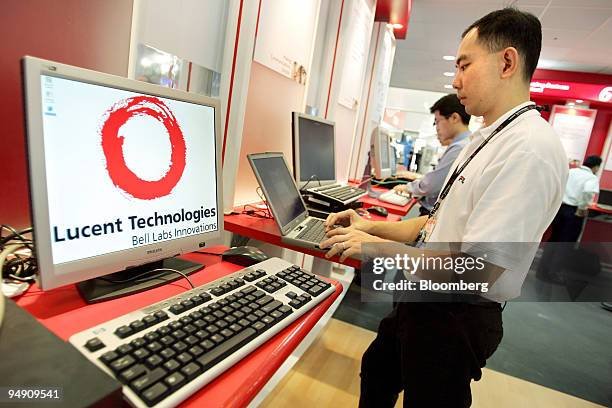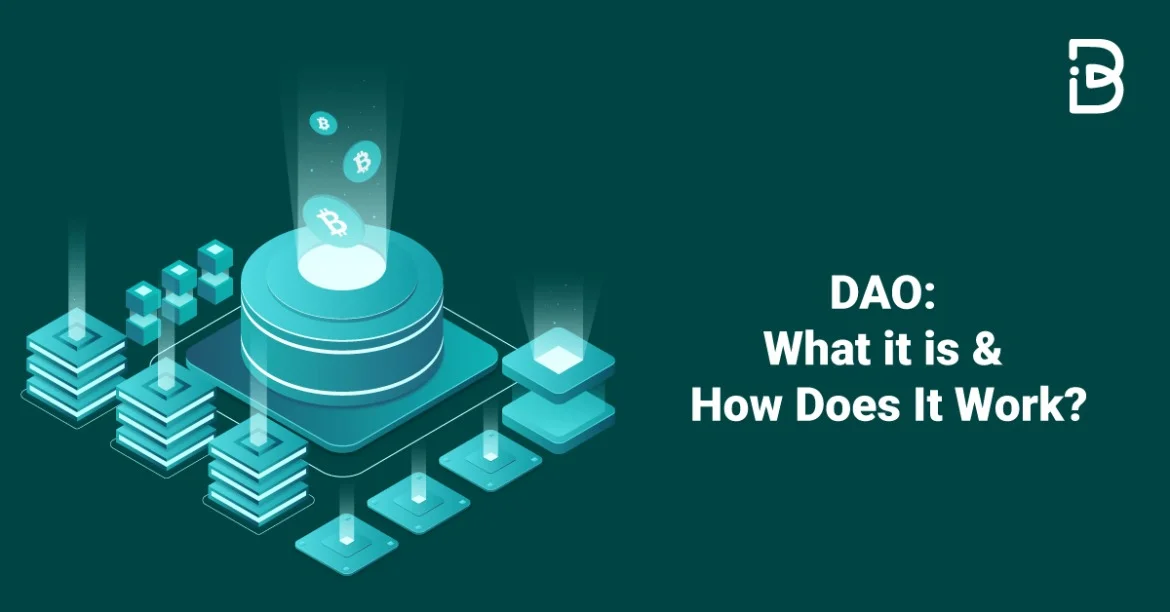Introduction
In an era where digital content reigns supreme, the potential for misuse grows with every technological advancement. Among the most controversial innovations is deepfake technology, which has stirred quite a storm in various circles, including entertainment. Recently, popular Twitch streamer Pokimane found herself ensnared in a deepfake scandal that rocked the online community. This blog post will explore the implications of deepfakes, the risks they pose to content creators like Pokimane, and how we can safeguard our online creativity. We’ll discuss in this article about Pokimane Deepfakes.
Understanding Deepfakes
Deepfakes are AI-generated media where a person’s likeness is superimposed onto another person’s body or used to create entirely fabricated scenes. Leveraging advanced machine learning and neural networks, these manipulations are often indistinguishable from genuine footage. Initially created for benign purposes like entertainment and satire, deepfakes have garnered infamy due to their potential for misuse.
The technology behind deepfakes involves training AI models on vast amounts of data, usually images or videos of the target individual. Over time, the model learns to replicate the target’s facial expressions, voice, and mannerisms. While this may sound like a marvel of modern technology, it opens a Pandora’s box of ethical and legal concerns. We’ll discuss in this article about Pokimane Deepfakes.
Deepfakes can be utilized for various purposes, both great and awful. On the positive side, they have applications in film and television, allowing for impressive visual effects. However, the potential for abuse is significant, with risks ranging from personal privacy violations to the spread of misinformation. We’ll discuss in this article about Pokimane Deepfakes.
The Pokimane Deepfake Controversy
Pokimane, a prominent figure in the streaming world, recently became the victim of a deepfake incident that raised eyebrows across the internet. Fake explicit videos featuring her likeness were circulated online, causing emotional distress and reputational damage. We’ll discuss in this article about Pokimane Deepfakes. This controversy not only highlighted the personal toll on Pokimane but also underscored the broader risks faced by public figures in the digital age.
The fallout from the Pokimane deepfake scandal was swift and severe. Fans and fellow creators rallied in support, but the incident also exposed the vulnerabilities inherent in sharing one’s image and persona online. For Pokimane, the deepfake was more than just an invasion of privacy; it was a stark reminder of the fragility of digital identities. We’ll discuss in this article about Pokimane Deepfakes.
Interestingly, the Pokimane deepfake incident also sparked a broader conversation about the ethical responsibilities of content platforms. Questions arose regarding how such platforms should handle deepfake content and what measures they should implement to protect creators and users alike from similar incidents.
The Broader Implications of Deepfake Technology
The Pokimane episode is only one illustration of the more extensive ramifications of deepfake innovation. While celebrities and public figures are often the targets, the risks extend to ordinary individuals as well. Deepfakes can be weaponized for blackmail, revenge porn, and misinformation campaigns, making them a potent tool for nefarious actors. We’ll discuss in this article about Pokimane Deepfakes.
One of the most concerning aspects of deepfakes is their potential to erode trust in digital content. As deepfakes become more sophisticated, distinguishing between real and fake media becomes increasingly difficult. This could have far-reaching consequences for journalism, politics, and public discourse, where the authenticity of information is paramount.
Furthermore, the psychological impact of deepfakes cannot be ignored. Victims often experience feelings of violation and helplessness, as their likeness is used without consent. This emotional toll is compounded by the difficulty in removing deepfake content from the internet once it has been disseminated. We’ll discuss in this article about Pokimane Deepfakes.
Combating Deepfake Technology
Combating deepfake technology requires a multi-faceted approach, involving both technological solutions and regulatory measures. On the tech front, advancements in AI and machine learning are being leveraged to develop tools that can detect and flag deepfake content. We’ll discuss in this article about Pokimane Deepfakes. Companies like Microsoft and Facebook are investing in research to identify deepfakes with greater accuracy.
In addition to technological solutions, regulatory frameworks are crucial in addressing the deepfake dilemma. Governments and legislative bodies must establish clear guidelines on the creation and dissemination of deepfake content. Legal repercussions for those who create and share malicious deepfakes can serve as a deterrent, although enforcement remains a challenge.
Education and awareness are also key components in the fight against deepfakes. By educating the public about the existence and risks of deepfakes, we can foster a more discerning and informed audience. Media literacy programs can equip individuals with the skills to critically evaluate digital content and recognize potential deepfakes. We’ll discuss in this article about Pokimane Deepfakes.
Conclusion
The rise of deepfake technology presents significant challenges to online creativity and digital trust. We’ll discuss in this article about Pokimane Deepfakes. The Pokimane deepfake controversy serves as a stark reminder of the risks faced by content creators and the broader implications for society. By leveraging technological advancements, implementing regulatory measures, and fostering public awareness, we can mitigate the risks associated with deepfakes and protect the integrity of our digital world.
In this rapidly evolving digital landscape, safeguarding creativity and authenticity is more important than ever. Whether you’re a content creator, a media consumer, or a policymaker, understanding the risks and taking proactive steps can help ensure a safer and more trustworthy online environment. We’ll discuss in this article about Pokimane Deepfakes.
FAQs
What are deepfakes?
Deepfakes are AI-generated media where a person’s likeness is superimposed onto another person’s body or used to create entirely fabricated scenes. These manipulations are often indistinguishable from genuine footage and can be used for both benign and malicious purposes.
How do deepfakes work?
Deepfakes are created by training AI models on extensive datasets, usually images or videos of the target individual. Over time, the model learns to replicate the target’s facial expressions, voice, and mannerisms, resulting in highly realistic fake media.
Why are deepfakes dangerous?
Deepfakes pose several risks, including personal privacy violations, blackmail, revenge porn, and the spread of misinformation. They can dissolve trust in computerized content, making it challenging to recognize genuine and counterfeit media.
How can deepfakes be detected?
Advancements in AI and machine learning are being leveraged to develop tools that can detect and flag deepfake content. Companies like Microsoft and Facebook are investing in research to identify deepfakes with greater accuracy.
What can be done to combat deepfakes?
Combating deepfakes requires a multi-faceted approach, including technological solutions, regulatory measures, and public education. Developing detection tools, establishing legal guidelines, and fostering media literacy can help mitigate the risks associated with deepfakes.




One thought on “Safeguarding Creativity in the Digital Age – The Risks of Pokimane Deepfakes”